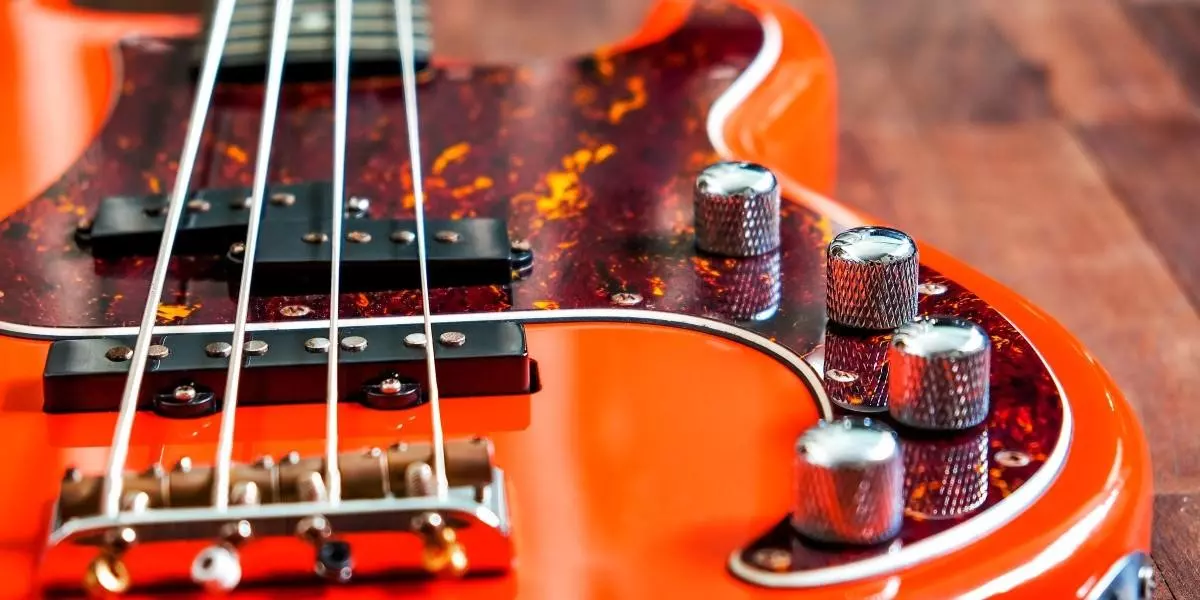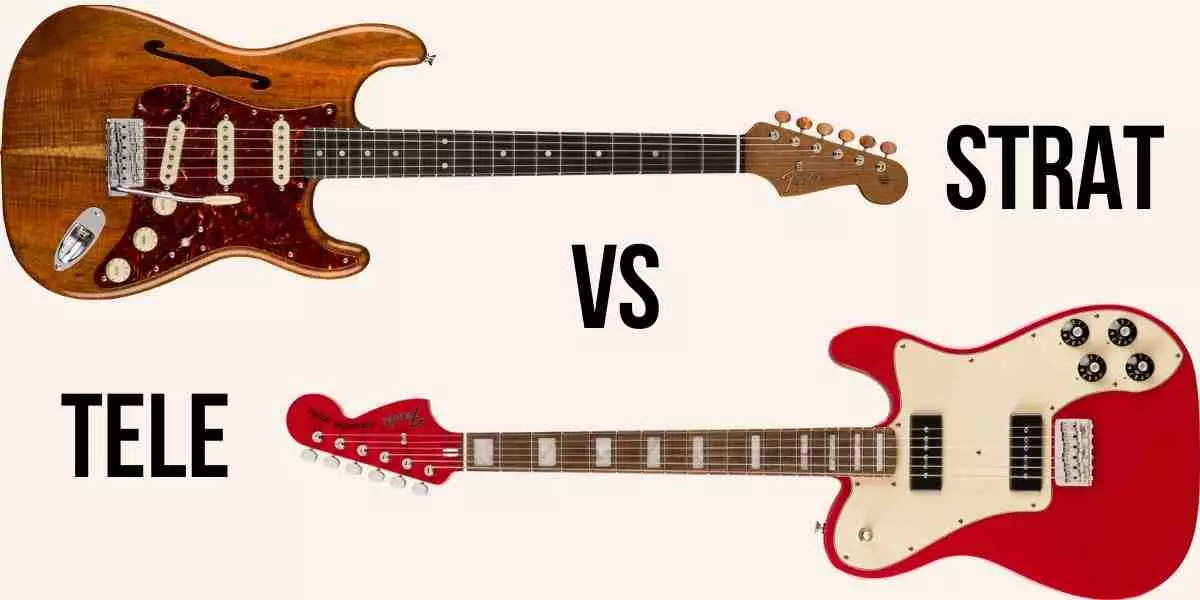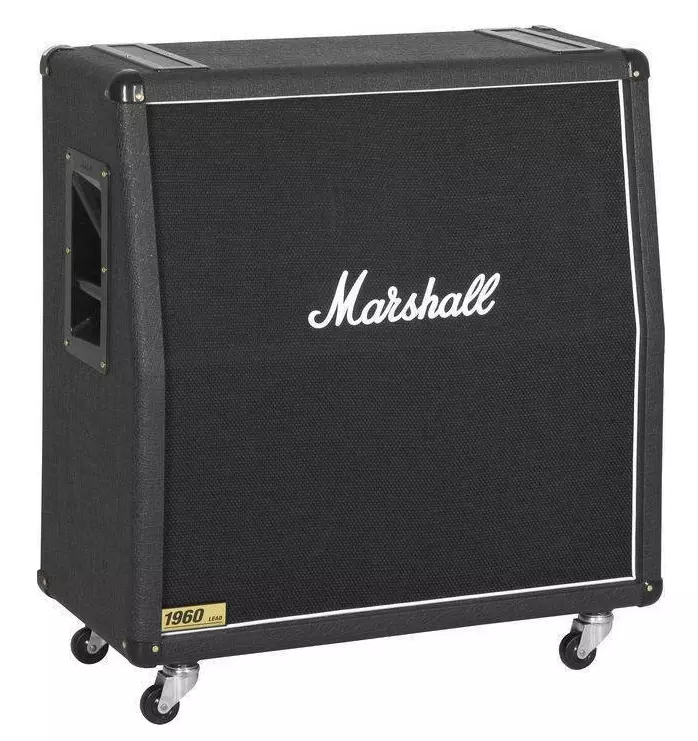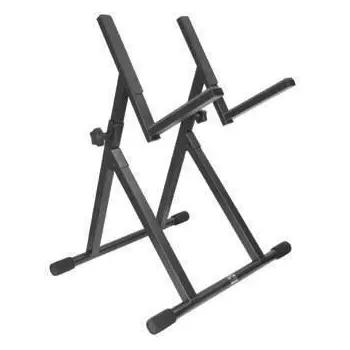Breaking Down a Speaker Cabinet

What should one look for in a guitar cab?
Guitar players definitively know one thing about guitar cabs – they suck to carry upstairs.
But lying quietly below the hype and mythos surrounding the cab is another simple truth: Relatively speaking, the components that make up the sound of the guitar cabinet are very limited, meaning the manufacturer has a very finite (though equally important) number of choices to make when designing the voicing.
These are the things worth looking at if you’re shopping for a new cab.
Material
Many vintage amps from the ‘50s and ‘60s are made from solid woods like pine and red cedar. During this period, plywood was a new and relatively expensive material. Pine and cedar are soft, relatively light woods that vibrate along with the speaker. These softwoods can contribute warm, round overtones to the sound of the cabinet, a sound still prized by many. Today, solid-wood amps are sold mostly by boutique amp builders, and tend to carry heavier price tags than other materials.
Many modern builders like Traynor and Vox employ plywood cabinets, often using Baltic or Russian birch. Birch ply is stiffer than solid softwoods, meaning the wood resonates less. More predictable in performance, this stiffer material helps the speaker to project naturally without adding as much colour.
Traynor YBX212 Vintage Look Vertical Guitar Cabinet
Cheaper materials like MDF, particle-board, (even cardboard!) have been used in cabinet construction. Although these materials tend to be on the inexpensive side, they also tend not to be as durable as solid or plywood, particularly if they get wet.
Design
Almost all cabinets fit into three groups – closed, open-backed, and ported.
A closed-back cabinet will have a sharper attack and more low-end response compared to the alternatives, and will be the most directional choice.
Marshall 1960A Extension Cabinet
Open-backed cabinets will typically have panels covering 25-75% of the rear, so that sound will exit the rear of the speaker, allowing the room reflections to become part of the sound.
This works especially well when you add reverb to your sound. In the studio, mics can be placed strategically around these cabs to pick up a variety of tones.
Looser in feel, an open-back cabinet allows the music to bloom from the speaker(s). These cabinets can be handy on a small stage or in a rehearsal where monitoring is limited.
Mesa Boogie WideBody Compact Cabinet
Many players today are finding a solution in the growing number of ported speaker cabinets on the market. A port is simply a hole or tube added to the cabinet to tune the cabinet resonance to a particular frequency. This is done to accentuate the bass output of the cabinet. In this design, the extra low end is provided by the port. The results can be a happy medium of its traditional counterparts, offering warmth without compromising clarity, and focus without losing ambience.
Be mindful about making ports of your own though; unfortunately, it’s not quite as simple as just drilling holes into the box.
Dr.Z. Z-BEST 212 Ported Extension Cabinet
An important part of the design is the size. Larger cabinets will generally sound warmer and provide more bass output but at the expense of portability. Generally, you will want to use the largest cabinet that you are willing to carry.
Speakers
The tone of a speaker comes largely from how the cone and magnet are engineered. Speaker size also comes into play, as low-end frequencies are less present in smaller speakers, particularly in those under 10”.
Most guitar speaker cones are made with paper, while some are made with alternative materials like hemp. The rigidity of these cones influences the amount of distortion created by them.
- Ceramic speakers are the most popular choice in cabs today. Generally speaking, they’re known for being affordable and effective.
- Alnico is an alloy of aluminum, nickel, and cobalt, and can be found in many vintage models. Alnico magnets are noted for their compression and smoother sound.
- Neodymium is the lightest choice of magnet, and is cheaper than it used to be. It’s been saving the backs of bass players for years.
Speakers will vary in power-handling capabilities and efficiency (or sensitivity). Higher-powered speakers use heavier cones in order to remain rigid and distort less at high volumes. Additional speakers can also help a cab handle larger amounts of power from the amp.
Worth noting, most cabs will typically have an impedance rating printed on them, such as "4-ohm minimum.” Never connect a load that is lower than the minimum recommended impedance of an amplifier – it’s a bad idea.
Placement
The generally perceived idea here is that as the cabinet gets closer to the ground, the speaker has to work into a smaller volume of air, resulting in thicker bass. Raising your cabinet off the floor can improve its function as a monitor, while moving it towards / away from a room's corner can alter your bass response as well.
Keep in mind that the mid and high frequencies in a guitar amp are very directional. Using an amp stand can really help you hear your amp by directing the sound directly to your ears.
Yorkville Sound IAS-4 Amp Stand
Use what you know about cabs to make an informed choice when looking for what to plug your amp into.
Oh, and try them out too. Did I mention that part is important?
* * *
Colton Unruh is an active member of the local music scene in Winnipeg. He is employed at the Winnipeg North Long & McQuade location.












